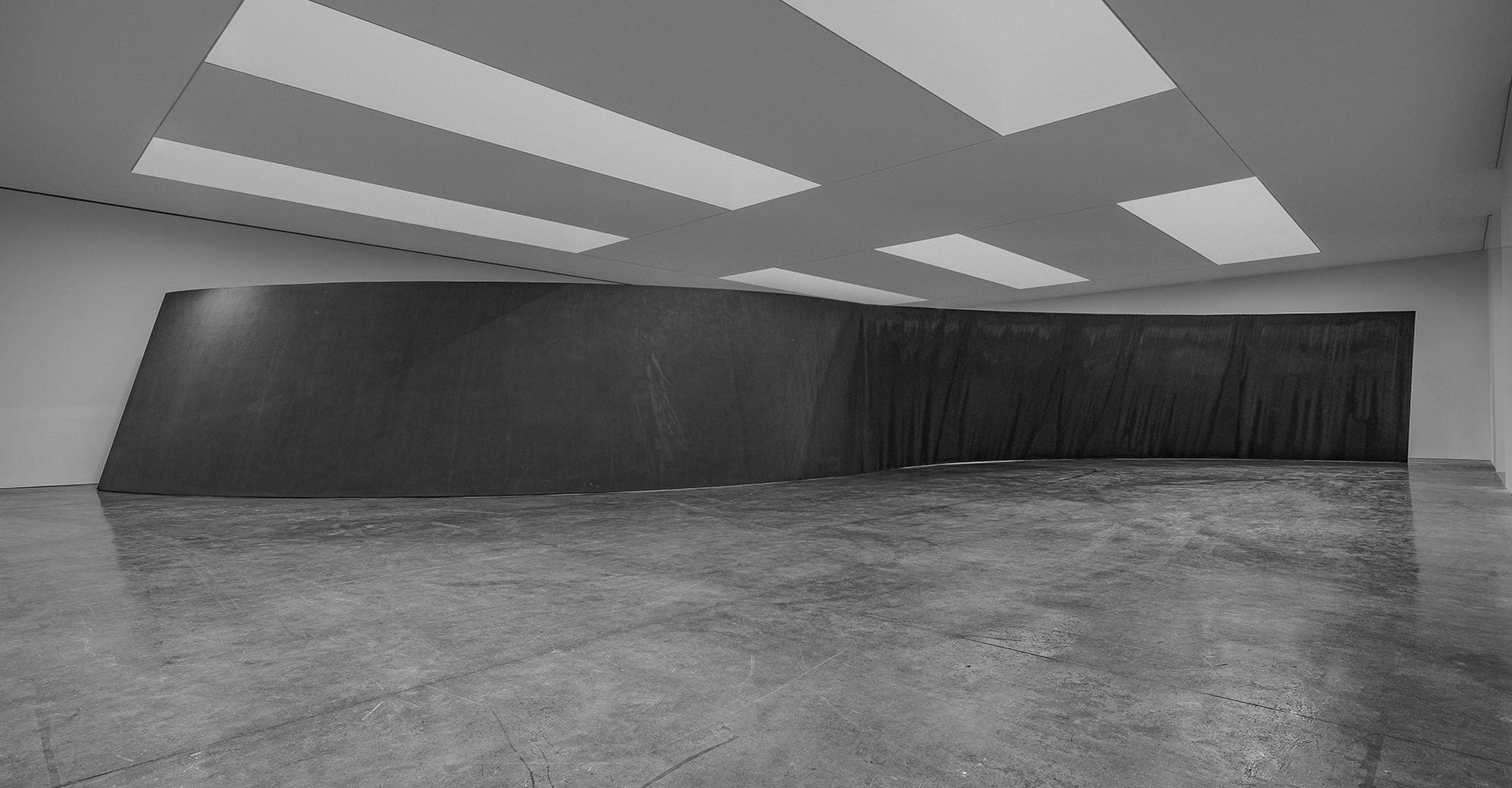The phone has become a tool for transforming how we experience art
There was a time not that long ago when you could attend an art exhibition without a camera in sight. In the era of the smartphone, that began to change. Today, most art spaces not only allow but encourage the use of smartphones so images can be shared on social media. Instagram has become not just a means for sharing the works but a tool for mediating the experience of art, sometimes in contradiction with an artist’s own feelings about his or her work.


There was a time not that long ago when you could attend an art exhibition without a camera in sight. In the era of the smartphone, that began to change. Today, most art spaces not only allow but encourage the use of smartphones so images can be shared on social media. Instagram has become not just a means for sharing the works but a tool for mediating the experience of art, sometimes in contradiction with an artist’s own feelings about his or her work.
Richard Serra’s sculpture is a prime example of this tension. Although his work pre-dates social media and digital photography by decades, his monumental forms cast from weathered steel are magnets for selfies.
In a 2015 profile for the Museum of Modern Art, Serra lamented the newfound role of smartphones in the experience of art, saying that “the virtual denies tactility.” (His stance is ironic given museums often prohibit touching Serra sculptures in spite of them being made out of industrial materials that can weather extreme elements.) And despite his aversion to our Instagram obsession and experiencing of art through lighted screens, he may not object to the extra attention it brings him and his works.
Last year I stopped by the Gagosian Gallery in New York City to see Serra’s Reverse Curve. The gigantic work—it measures almost 100 feet long and nearly 20 feet wide while looming 13 feet tall—takes up the entire gallery; it’s the only work in the show. The massive sculpture fills the space but also manages to achieve a sense of lightness. The two plates that make up the work are only 2 inches thick and a section appears to levitate off the ground. At first glance, the sliver of space almost seemed as if it were a mistake, and something hadn’t been leveled quite right. But after taking the work in, I’ve no doubt it was as the artist, known for exacting control over how his work is presented, had intended.
This speaks to the power of Serra’s work. His entire oeuvre is abstract and minimal yet still has the ability to elicit a story and take on a narrative quality. It all depends on how you read the sculpture. Of course, he might not intend to imbue it with any sense of narrative, but once an artist puts their work into the world, their job is done. If an artist’s work is successful, what the rest of the world brings to it evolves and takes on new meaning whether here and now, or throughout the centuries.
The phones on our cameras do the same thing.
When I look at a Serra through my camera screen and flatten his precise curves and planes into a two-dimensional image, I’m not attempting to replicate or capture the experience he had in mind. I’m making something anew, riffing on what he’s done, engaging in a dialogue. Likewise, I’m sure Leonardo never imagined the Mona Lisa would become selfie central or somehow become a comment on the state of the world in the 21st century via a Beyoncé and Jay-Z video.
I made a complete circuit around Reverse Curve, phone in hand as an ever-present mediating element between me and the sculpture. My screen becomes a portal into the work as I find different ways to frame the angles, curves, intersections, and negative space. I can’t help it—Serra sculptures are just so satisfying to photograph. My interactions with the work through my phone helps me see things I don’t otherwise notice. I begin to pay attention to the painterly qualities of the steel texture. Pondering the materials themselves, I marvel at how one thing can be simultaneously dense and delicate. The camera is a helpful tool to break down something so substantial into digestible, bitesize pieces.
As I took in the show, there were numerous other people milling about around me with their phones raised. It would have been easier to count how many people weren’t taking photos. It’s almost like everyone was competing for the best shot.
Whatever an artist’s wishes may be, galleries have learned to take advantage of the Instagram-able qualities of the work they show. An Instagram feed full of these images amounts to free advertising, building brand awareness, and furthering overall visibility for galleries as well as artists.
The risk, of course, is gallery goers stop looking at the art—if they ever really were—for what it offers on its own terms, and instead only seek out work for its Instagram potential. For the public posting these images, is photography a creative outlet or, perhaps, merely bragging rights? With Instagram testing the removal of “likes” altogether, what does that mean for the future of social media and art? If you stand in front of a Serra and there are no likes, did it even happen?
luke kurtis is the pen name of Jordan Scoggins, Quartz’s director of information technology